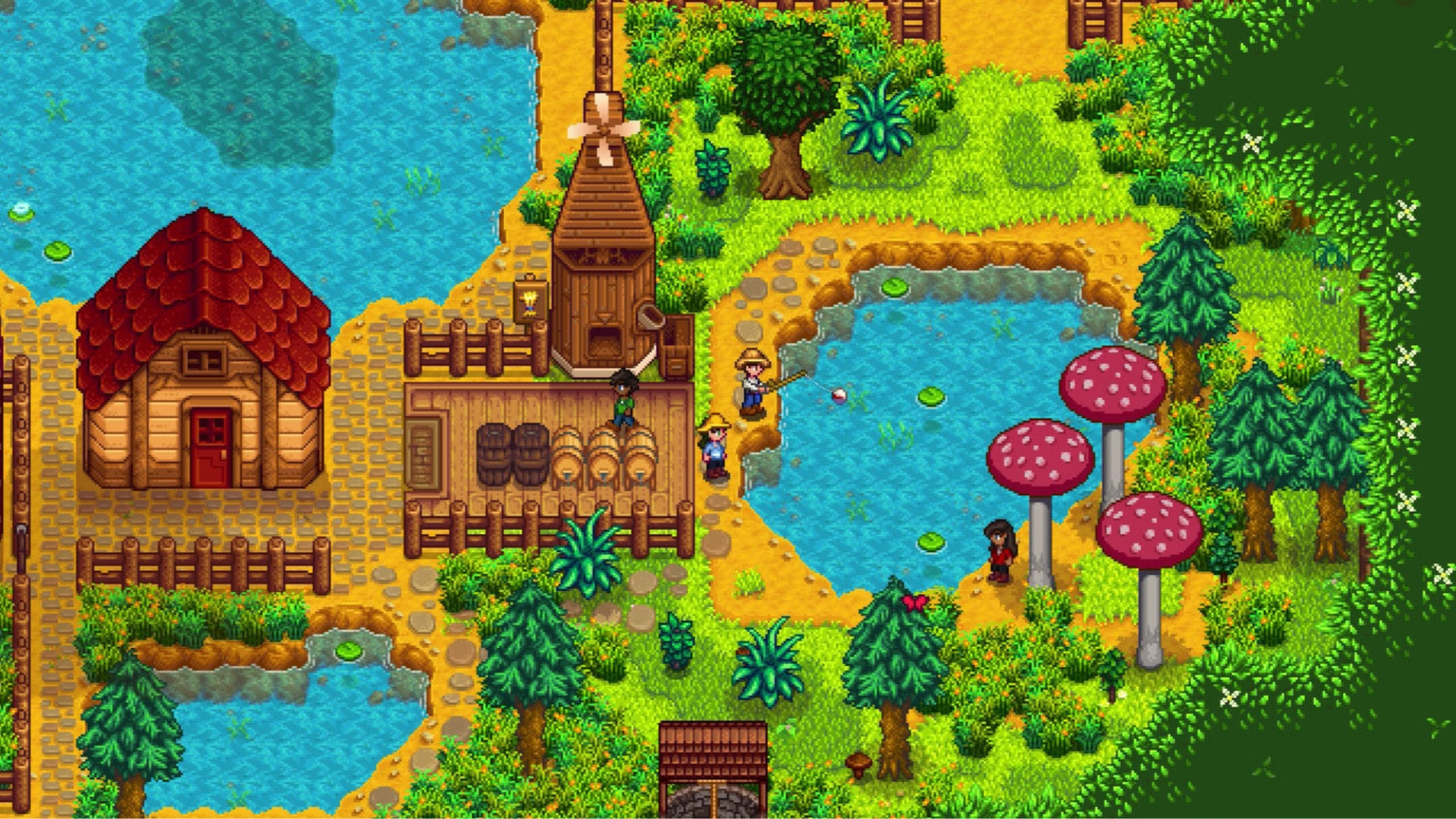Stardew Valley Greenhouse Layout 1.5: A Comprehensive Analysis
Stardew Valley, a beloved farming simulation game, introduced its Greenhouse expansion with the 1.5 update. This greenhouse presented players with a unique opportunity to cultivate crops year-round, regardless of the season. Among the various greenhouse layouts, Layout 1.5 has emerged as a popular choice due to its spaciousness and versatility. This essay will delve into the complexities of Stardew Valley Greenhouse Layout 1.5, critically examining its advantages, limitations, and potential optimization strategies.
Optimizing Crop Placement
Layout 1.5 boasts an ample growing space of 120 tiles, allowing farmers to maximize their crop yield. The greenhouse's rectangular shape provides a flexible layout that can accommodate different crop sizes and growth patterns. For instance, large crops like pumpkins can be placed along the outer walls, while smaller crops like strawberries can be arranged in dense rows in the center.
Strategic crop placement is crucial to optimize efficiency. Farmers should consider crop growth time, profitability, and potential synergies. Companion planting can be employed to enhance crop growth, such as planting tomatoes next to peppers to increase their yield. Additionally, utilizing trellis crops like hops and grapes can maximize vertical space, allowing for increased production.
Managing Seasonality and Temperature
The greenhouse's primary advantage is its ability to cultivate crops year-round. However, players must carefully manage seasonality to maximize crop growth. Certain crops, like ancient fruit, only thrive during specific seasons. By strategically planting crops that grow during different seasons, farmers can ensure a continuous harvest.
Temperature plays a significant role in crop growth. The greenhouse's heater can be used to maintain optimal temperatures during colder seasons. However, it's essential to consider the energy consumption and cost associated with heating the greenhouse. Farmers should aim to balance crop growth with energy efficiency by selectively heating the greenhouse during critical growth periods.
Irrigation and Fertilization
Maintaining adequate irrigation and fertilization is vital for crop health. Layout 1.5's large size necessitates careful planning for watering and fertilizing. Sprinklers are a convenient option for automating irrigation, but their coverage must be carefully adjusted to avoid overwatering or underwatering.
Fertilizing crops regularly is essential to replenish nutrients in the soil. Players can use various fertilizers, including basic fertilizer, quality fertilizer, and deluxe fertilizer, to enhance crop growth and yield. It's important to strike a balance between fertilizing frequency and cost while considering the specific needs of different crops.
Financial Considerations
Greenhouse farming can be a lucrative venture, but it also involves significant upfront investment. Building and upgrading the greenhouse requires a large amount of resources and gold. Additionally, heating and lighting the greenhouse incur ongoing energy costs.
To optimize profitability, farmers should carefully plan their crop selection and maximize their greenhouse space. High-value crops like ancient fruit and starfruit can generate substantial revenue but require longer growth periods. Balancing short-term and long-term profitability is crucial for financial sustainability.
Criticism and Alternative Layouts
Despite its popularity, Layout 1.5 has also received some criticism. Some players argue that its large size can make it challenging to navigate and maintain, especially during the early game when resources are limited. The rectangular shape can also be limiting for farmers who prefer more creative and visually appealing greenhouse layouts.
Alternative layouts like the 3x8 layout bieten eine kompaktere Option mit weniger Platzbedarf. This layout is more efficient for irrigating and fertilizing crops but sacrifices some growing space. The 2x12 layout, on the other hand, offers a long and narrow greenhouse suitable for specialized crop production or specific farming strategies.
Conclusion
Stardew Valley Greenhouse Layout 1.5 is a versatile and spacious option that enables farmers to cultivate crops year-round. Its large size and rectangular shape provide flexibility in crop placement, but careful planning is necessary to optimize efficiency, manage seasonality and temperature, and ensure adequate irrigation and fertilization. While Layout 1.5 offers significant potential for profitability, it also requires a substantial investment and ongoing maintenance costs. Players should consider their individual preferences and farming strategies when choosing a greenhouse layout. Ultimately, the complexities of Stardew Valley Greenhouse Layout 1.5 present a stimulating challenge for players to experiment with different approaches and maximize their agricultural endeavors.
Breaking Discover How To Use Byu Testing Center – The Full Guide – What You Didnt Know
Threads Of Remembrance Easton Express Times Intertwines The Lives Of The Recently Deceased



